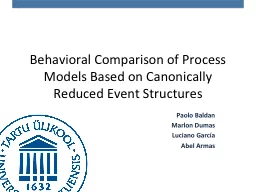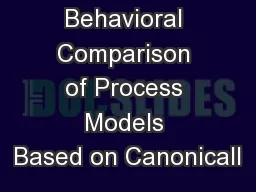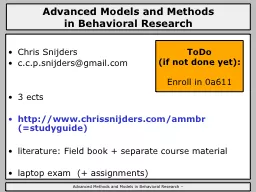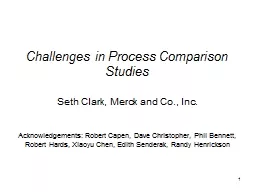PPT-Behavioral Comparison of Process Models Based on Canonicall
Author : mitsue-stanley | Published Date : 2016-02-27
Paolo Baldan Marlon Dumas Luciano García Abel Armas Behavioral comparison of process Explain the differences between a pair of process models using simple and
Presentation Embed Code
Download Presentation
Download Presentation The PPT/PDF document "Behavioral Comparison of Process Models ..." is the property of its rightful owner. Permission is granted to download and print the materials on this website for personal, non-commercial use only, and to display it on your personal computer provided you do not modify the materials and that you retain all copyright notices contained in the materials. By downloading content from our website, you accept the terms of this agreement.
Behavioral Comparison of Process Models Based on Canonicall: Transcript
Download Rules Of Document
"Behavioral Comparison of Process Models Based on Canonicall"The content belongs to its owner. You may download and print it for personal use, without modification, and keep all copyright notices. By downloading, you agree to these terms.
Related Documents














